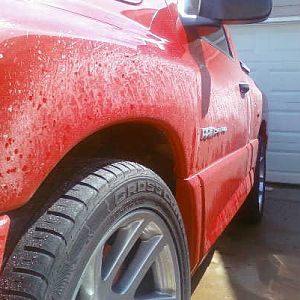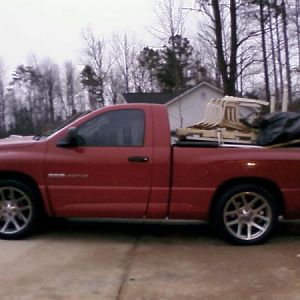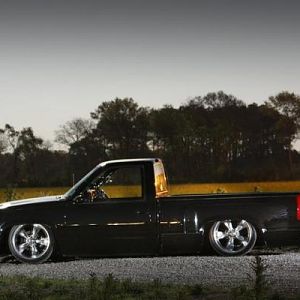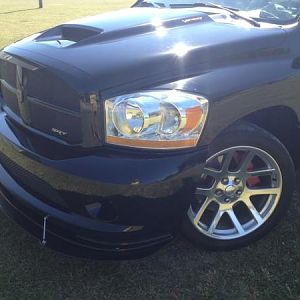Chuck B
Full Access Member
Lets keep this simple. Prior to the relocation kit all worked fine... You install the kit relocating the battery to the rear and now you have the issue. Glancing thru all your posts your battery appears to be fine however it could be getting on the 'low side'. You've double checked your connections/grounds etc. Fact that it sometimes works fine and most times does not leads me to think you have a high resistance issue. Voltage drop also confirms an issue. I'd further guess that its the cables. All cables are not the same. Current tends to travel better in cables with higher strand counts.
Years ago when I competed in high end stereo world we found most welding cables or other heavy duty cables just didn't pass enough current. They were beefy, stiff and seemed like more than required but we were constantly dealing with battery issues either right away or shortly thereafter. Remember welders have a lot more voltage (umph) behind them so not as critical to cable selection.
Stop by your local custom audio store and pick up some highend pwr cable. I'd wager that will solve your problem. A good cable will be very flexible with many times the number of strands. A new battery may in fact solve it too however it'll be temporary as you still have a high resistance situation. Been there done that too often.
Years ago when I competed in high end stereo world we found most welding cables or other heavy duty cables just didn't pass enough current. They were beefy, stiff and seemed like more than required but we were constantly dealing with battery issues either right away or shortly thereafter. Remember welders have a lot more voltage (umph) behind them so not as critical to cable selection.
Stop by your local custom audio store and pick up some highend pwr cable. I'd wager that will solve your problem. A good cable will be very flexible with many times the number of strands. A new battery may in fact solve it too however it'll be temporary as you still have a high resistance situation. Been there done that too often.







